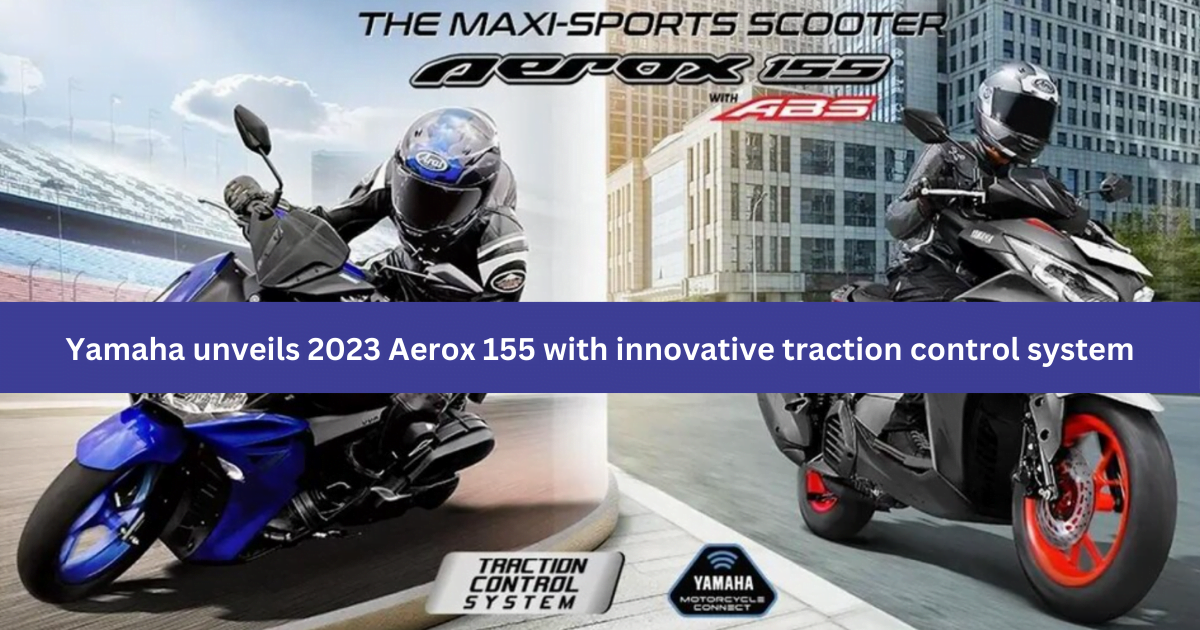The Yamaha R15 V4 is already a stunning bike in terms of design and performance, but what if you could take it to the next level? If you’re looking to enhance your riding experience and boost your bike’s performance, then you’re in the right place. In this blog, we’ll explore a variety of performance-boosting ways that can help you get the most out of your Yamaha R15 V4 accessories. Whether you’re a seasoned rider or just starting your biking journey, these accessories can take your bike to new heights.
Performance Exhaust Systems for Yamaha R15 V4
One of the most effective ways to improve the performance and sound of your Yamaha R15 V4 accessories is by upgrading the exhaust system. Aftermarket performance exhaust systems not only enhance the bike’s aesthetics but also provide tangible performance gains.
Opting for a high-quality exhaust system can increase horsepower, improve torque, and reduce overall weight. Brands like Akrapovič, Yoshimura, and Two Brothers Racing offer a range of exhaust options that are designed to fit your R15 V4 perfectly. Be sure to choose a system that complies with local noise regulations and emissions standards to avoid any legal issues.
High-Flow Air Filters for Yamaha R15 V4
Improving the air intake system of your Yamaha R15 V4 bike can result in noticeable performance gains. High-flow air filters are designed to allow more air into the engine, promoting better combustion and increased power output. K&N and BMC are reputable brands known for their quality air filters.
By replacing the stock air filter with a high-flow variant, you can enhance throttle response and overall engine performance. It’s a relatively simple upgrade that can make a significant difference in how your bike performs on the road.
ECU Tuning and Fuel Controllers
To fully optimise your Yamaha R15 V4’s engine performance, consider electronic control unit (ECU) tuning and fuel controllers. These Yamaha R15 V4 accessories allow you to fine-tune the bike’s fuel injection and ignition timing, ensuring that the engine operates at peak efficiency.
Options like the Power Commander or Rapid Bike offer plug-and-play solutions for adjusting fuel and ignition maps, resulting in smoother power delivery and improved throttle response. ECU tuning can also help eliminate flat spots in the powerband and make your bike more responsive in various riding conditions.
Suspension Upgrades
Enhancing your bike’s handling and ride comfort is crucial for a complete riding experience. Upgrading the suspension components of your Yamaha R15 V4 can significantly impact your bike’s performance on both the street and the track.
Consider investing in adjustable forks and rear shocks, which allow you to fine-tune your bike’s suspension to your specific riding style and road conditions. Brands like Öhlins and Showa offer premium suspension components designed to deliver exceptional performance and control.
High-Performance Tires
The connection between your bike and the road is through its tires, so it’s essential to equip your Yamaha R15 V4 with high-performance rubber. Sport or track-oriented tires from trusted brands like Michelin, Pirelli, or Dunlop can transform your bike’s handling characteristics.
These tires offer superior grip, stability, and cornering confidence, which can be particularly advantageous when pushing your bike to its limits. Just be mindful of the trade-off between grip and tire longevity – high-performance tires may wear out faster than touring or commuter tires, so regular inspection and maintenance are crucial.
Braking System Upgrades
Enhancing your bike’s braking performance is a safety and performance essential. Upgrading your Yamaha R15 V4’s braking system with high-quality components can provide better stopping power and improved brake feel.
Consider installing braided stainless steel brake lines to reduce brake fluid expansion and improve responsiveness. Upgrading to high-performance brake pads from brands like Brembo or EBC can further enhance stopping performance. Additionally, you may want to consider a larger front brake disc for improved braking performance, especially if you plan to take your bike to the track.
Lightweight Performance Parts for Yamaha R15 V4
Reducing your bike’s weight can lead to improved acceleration, agility, and overall performance. Consider investing in lightweight performance parts made from materials like carbon fibre and titanium. These parts can replace stock components such as fairings, exhaust hangers, and even frame sliders.
Lightweight parts improve your bike’s power-to-weight ratio and contribute to better handling and manoeuvrability. Keep in mind that while these parts can offer significant benefits, they can also be relatively expensive. Be sure to prioritize upgrades based on your riding style and budget.
Quickshifter and Slipper Clutch
For a more exhilarating riding experience, consider adding a quick-shifter and slipper clutch to your Yamaha R15 V4. A quick shifter allows you to shift gears without a clutch, providing lightning-fast gear changes and enhancing acceleration.
A slipper clutch, on the other hand, helps prevent rear-wheel lockup during aggressive downshifting, ensuring stability and control when approaching corners. These accessories are particularly useful for track enthusiasts but can also improve your overall riding experience on the street.
Upgrading your Yamaha R15 V4 accessories with performance-boosting accessories can take your riding experience to new heights. Whether you’re looking to increase power, improve handling, or enhance safety, there are plenty of options available to suit your needs and preferences in the Yamaha bike showroom in Mysore which strives to provide you with the ultimate bike experience of the Yamaha R15 V4 on Road Price in Mysore. Remember that proper installation and maintenance are crucial for getting the most out of these accessories, so consult with a professional mechanic if needed. With the right combination of upgrades, you can transform your R15 V4 into a high-performance machine that’s a joy to ride on any road.










